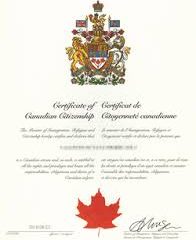Understanding the Romanian Presidential Elections

Introduction
The Romanian Presidential Elections are set to take place in 2024, marking a critical juncture for the country’s political landscape. With Romania being a member of the European Union and NATO, the outcome of these elections will not only affect domestic policies but will also carry significant weight in regional geopolitics. As Romanians prepare to cast their votes, understanding the implications of this electoral process becomes increasingly important.
Current Political Landscape
As of late 2023, Romania’s political environment is characterized by a landscape of multiple parties, with the National Liberal Party (PNL) and the Social Democratic Party (PSD) being the two major players. President Klaus Iohannis, who has been in office since 2014 and re-elected in 2019, has played a pivotal role in shaping the nation’s direction, particularly in maintaining strong ties with the EU and emphasizing the rule of law. Recently, declining approval ratings and growing public discontent over economic issues, such as inflation and the energy crisis, have placed additional pressure on incumbents.
Key Candidates and Issues
As preparations for the elections intensify, several potential candidates have begun to emerge. Among them, current Prime Minister Nicolae Ciucă of the PNL and Marcel Ciolacu of the PSD are expected to be front-runners. Additionally, new faces from smaller parties may also shake up traditional voting patterns. Key issues influencing voter sentiment include economic management, healthcare, and corruption, which have consistently remained at the forefront of Romanians’ concerns.
Electoral Process and Voting Dynamics
The Romanian electoral system employs a two-round system for the presidential elections if no candidate achieves a majority in the first round. This raises the stakes for candidates to build coalitions, particularly among smaller parties and independent candidates. Campaign strategies are also expected to evolve with an increasing reliance on social media and digital platforms, given the changing demographics of the electorate that gravitates towards online engagement.
Conclusion
The Romanian Presidential Elections of 2024 will be a significant opportunity for the electorate to express their discontent or support for current policies and leadership. The outcomes could lead to a realignment of political powers and priorities within Romania and influence its role on the European stage. As the election date approaches, public opinion will undoubtedly evolve, making it crucial for all stakeholders to actively engage with citizens to address their concerns and aspirations.









